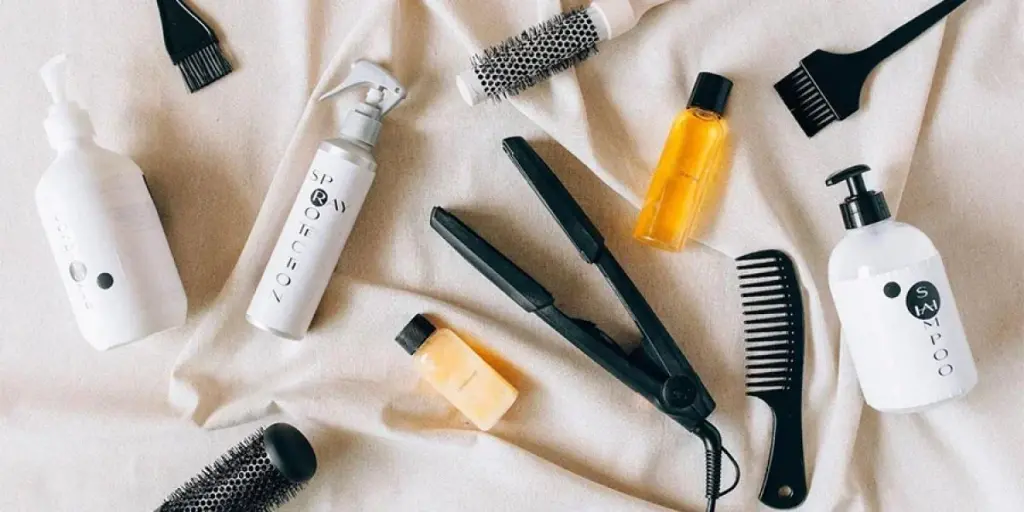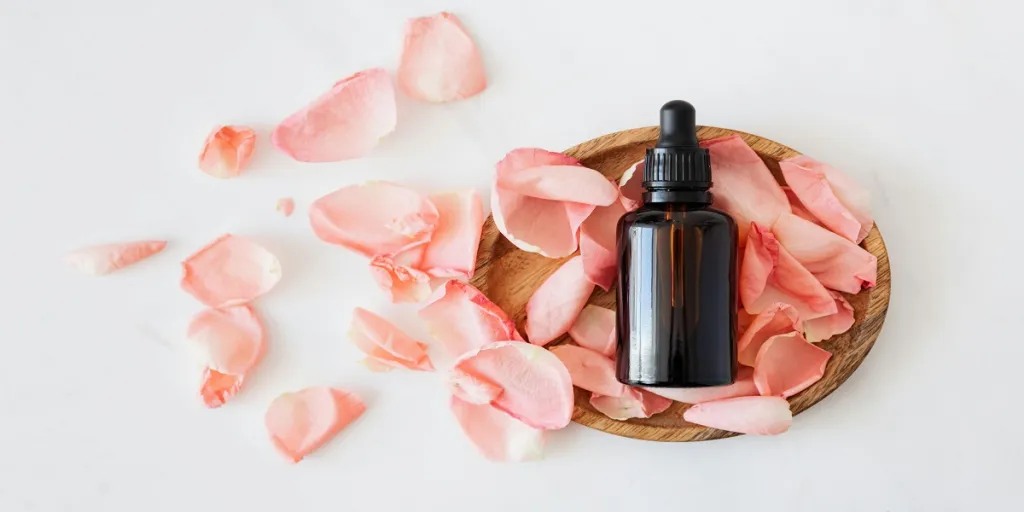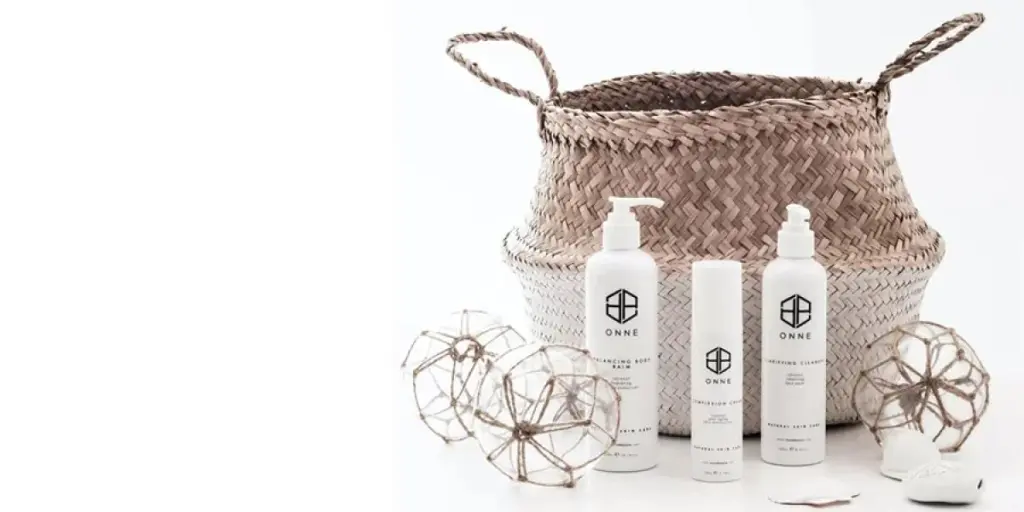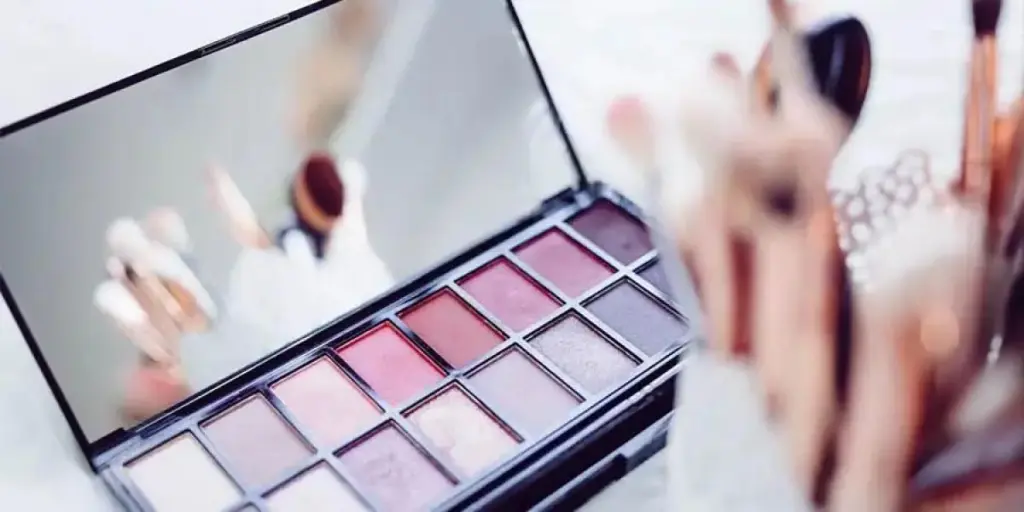In a world where a TikTok unboxing video can catapult a niche brand to viral fame, packaging has quietly evolved into a cultural powerhouse. A teenager in Tokyo films herself peeling open a Kirin tea multipack wrapped in compostable seaweed film, marveling as the material dissolves in her sink. A millennial in Berlin smiles at her L’Occitane moisturizer, its aluminum bottle etched with a QR code that traces its journey from recycled scrap to her vanity. Meanwhile, a Gen Z collector in Los Angeles pays $300 on StockX for an unopened Nintendo x LEGO Mario Mystery Box, not for the toy inside, but for the thrill of the packaging itself. These moments aren’t anomalies—they’re snapshots of a global shift where packaging has become the ultimate storyteller, sustainability warrior, and emotional conduit. Let’s unpack the innovations rewriting the rules of consumer engagement.
Table of Contents
The Green Revolution: From Guilt to Game-Changing Solutions
Design’s New Playbook: Where Brutalism Meets Nostalgia
The Kidult Economy: When Packaging Becomes the Product
Cultural Reclamation: Packaging as Identity Armor
The Invisible Tech Revolution: Smart Packaging’s Quiet Rise
Conclusion: Packaging’s Existential Pivot
The Green Revolution: From Guilt to Game-Changing Solutions
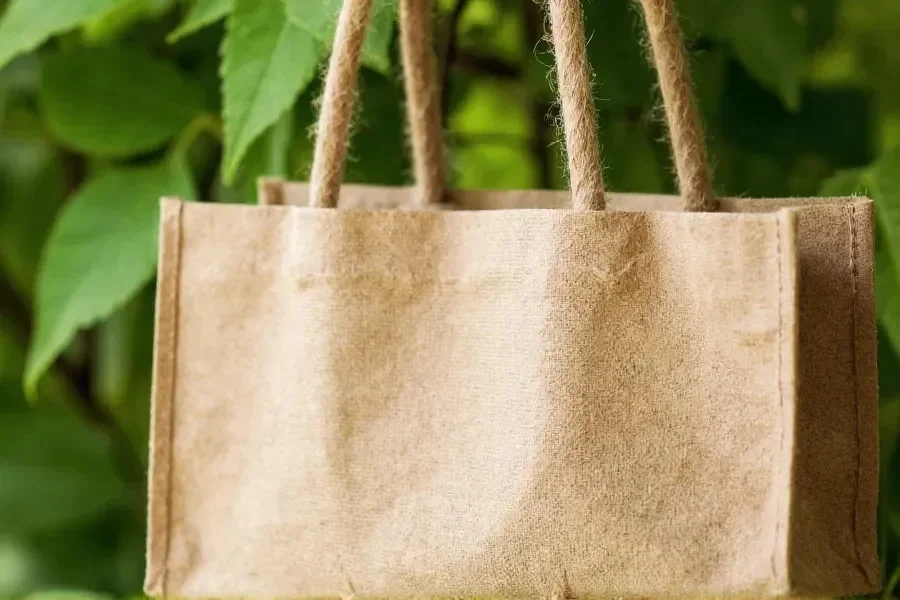
The era of greenwashing is over. With only 9% of plastic ever recycled, brands are racing to adopt materials that don’t just reduce harm but actively regenerate ecosystems. Take Sway, a California startup partnering with Kirin Holdings to replace plastic beverage rings with flexible seaweed-based packaging. Unlike traditional plastic, which takes 450 years to decompose, Sway’s material breaks down in cold water within 12 hours—a feat that earned Kirin a 23% sales bump among eco-conscious millennials. But the real innovation lies in scalability: Sway’s production process uses kelp farms that restore coastal ecosystems, creating a closed-loop system where packaging grows literally from the ocean.
Yet sustainability isn’t just about materials—it’s about reimagining logistics. Loop 2.0, TerraCycle’s revamped reuse platform, now collaborates with Unilever and Haagen-Dazs to deliver ice cream in stainless steel tubs collected via electric cargo bikes in Paris. Early data shows a 74% return rate, with users citing the tactile satisfaction of clicking the containers’ magnetic lids as a key motivator. Meanwhile, Ocado’s RFID-enabled reusable grocery crates—tracked via blockchain—have reduced London households’ packaging waste by 61%, proving that convenience and sustainability aren’t mutually exclusive.
But the green revolution faces gritty realities. When Westfalia Fruit replaced avocado stickers with laser-etched labels, they slashed plastic waste by 90% but faced backlash over the 30% energy increase in production. The solution? Pulp Pantry, a Los Angeles startup turning juicery pulp into chip bags using 70% less water than conventional paper. Their partnership with Whole Foods diverted 12 tons of food waste in 2023 alone, showing that true sustainability requires systemic creativity.
Design’s New Playbook: Where Brutalism Meets Nostalgia
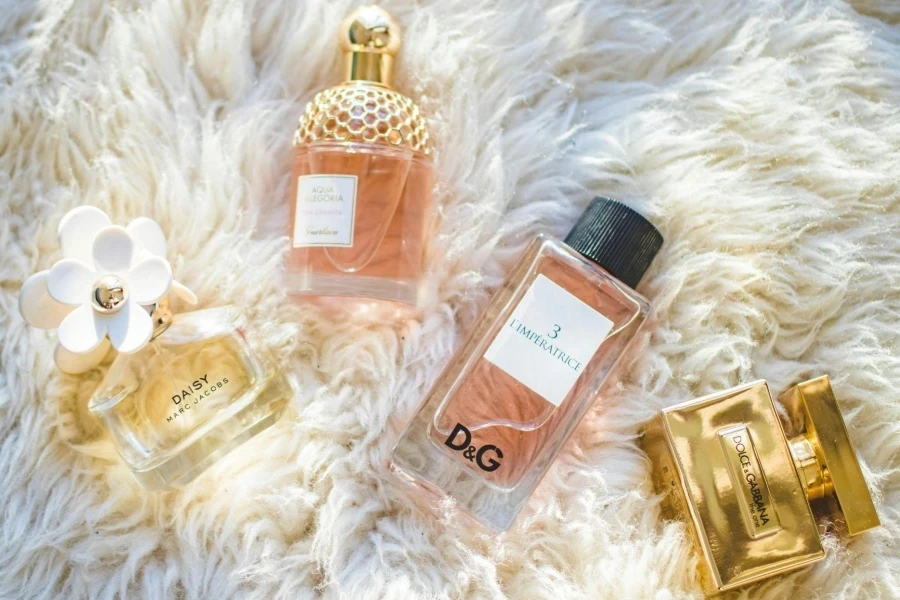
If 2020’s design mantra was “clean and minimalist,” 2024 is screaming “More is more!” Gen Z’s obsession with #UglyDesign (1.2 billion TikTok views) has birthed packaging that’s intentionally chaotic, tactile, and meme-worthy. Gucci’s 2024 Alchemist’s Garden perfume bottles feature chiseled concrete textures and mismatched metallic caps, resembling artifacts from a post-apocalyptic Louvre. The line sold out in 48 hours, with 43% of buyers admitting they purchased it purely for Instagram aesthetics.
Meanwhile, nostalgia is getting a high-tech twist. Heinz’s Blast from the Past ketchup bottles resurrect 1970s groovy typography but hide a secret: scan the label with your phone, and an AR filter superimposes retro commercials starring your face. The campaign drove a 180% sales surge, with 68% of buyers under 35. Even Crayola is rebranding escapism: their Adulting Kit packages stress-relief coloring books in a vintage metal lunchbox, complete with a thermos-shaped pencil case—a nod to millennials’ yearning for simpler times.
But the real design disruptor is tactile storytelling. Chanel’s N°5 Tactile Edition features braille-like embossed flowers that guide users to pulse points while subtly evoking the fragrance’s floral notes. In Japan, Dassai Sake’s Wabi-Sabi Series bottles showcase intentional cracks sealed with gold resin—a metaphor for embracing imperfection. Priced at $100 each, these limited editions sell out within hours, proving that in a digital age, physicality reigns supreme.
The Kidult Economy: When Packaging Becomes the Product

Forget “unboxing”—2024 is about “reboxing.” Brands are leveraging packaging as collectible art, tapping into the $560 billion “kidult” market. Nintendo and LEGO’s Mario Mystery Boxes contain buildable pixel-art characters, but the real magic lies in the packaging: each box mimics a retro game cartridge, complete with fake wear-and-tear details. Collectors trade unopened boxes at 300% markups, while YouTube unboxing videos amass 850 million views.
Even functional products are getting playful upgrades. Glossier’s Supermoon highlighter case transforms into a pocket-sized disco ball, complete with a detachable chain for clubbing. After TikTok tutorials showed users repurposing the packaging as holiday ornaments, sales jumped 200%. Similarly, Ben & Jerry’s Netflix & Chill’d pint lids double as phone stands—a gimmick that boosted repeat purchases by 33%.
But the trend isn’t just fun and games. Bubble Skincare’s Slime Serum uses neon-green packaging with a squishy silicone texture, targeting Gen Z’s anxiety through ASMR-inducing tactile engagement. It’s therapy disguised as skincare: 58% of buyers report using the product specifically for stress relief.
Cultural Reclamation: Packaging as Identity Armor

In an age of AI homogenization, marginalized communities are weaponizing packaging to reclaim narratives. Mexican hot sauce brand Salsa Fuego crafts bottles shaped like luchador masks, each tagged with lucha libre history. Exported globally, 40% of sales come from diaspora communities seeking edible heritage. Similarly, South African tea brand Dalah weaves Ndebele tribal patterns into its boxes, with QR codes linking to oral histories narrated by local elders—a move that tripled exports to Europe.
Activist packaging is also going mainstream. Patagonia’s Vote the Away** caps replace size labels with voting registration prompts, directly contributing to 12,000 new voter sign-ups in 2023. Even Ben & Jerry’s got political: their Pride Pints feature thermochromic lids that reveal hidden rainbow stripes when held—a cheeky metaphor for LGBTQ+ visibility that sparked a 22% sales lift in conservative regions.
The Invisible Tech Revolution: Smart Packaging’s Quiet Rise
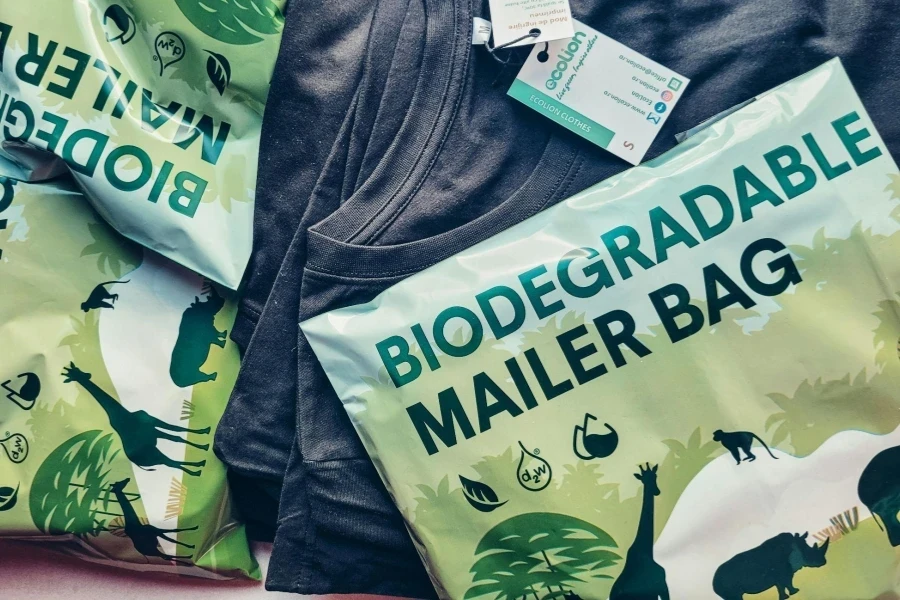
While flashy AR grabs headlines, 2024’s true tech marvels are subtle—and biodegradable. PepsiCo’s SmartGulp bottle caps, tested in Barcelona, contain edible sensors powered by fruit-acid batteries. When a drink nears expiration, the cap glows red—a innovation that cut waste by 29% in trials. Meanwhile, Nestlé’s Coffee Revival pods use enzymes to self-destruct after 30 days, nudging users to replenish stock. The result? A 41% drop in subscription cancellations.
But the future lies in living packaging. UK startup Shellworks crafts yogurt pots from bacterial cellulose that sprout mushrooms if composted improperly—a playful “punishment” for non-compliance. It’s sustainability with personality: 73% of users in trials kept the pots as planters.
Conclusion: Packaging’s Existential Pivot
As Euromonitor predicts the sustainable packaging market will hit $413.8 billion by 2027, the industry faces an existential question: Is packaging a vessel or the voyage itself? From Coca-Cola’s label-less bottles (designed to shine in Instagram flat-lays) to Lush’s naked stores where unwrapped products become conversation starters, the answer is clear. Tomorrow’s packaging won’t just protect products—it will challenge norms, spark joy, and maybe, just maybe, heal the planet. Because in 2024, the box isn’t just a container; it’s a confession, a protest, and a love letter all at once.

